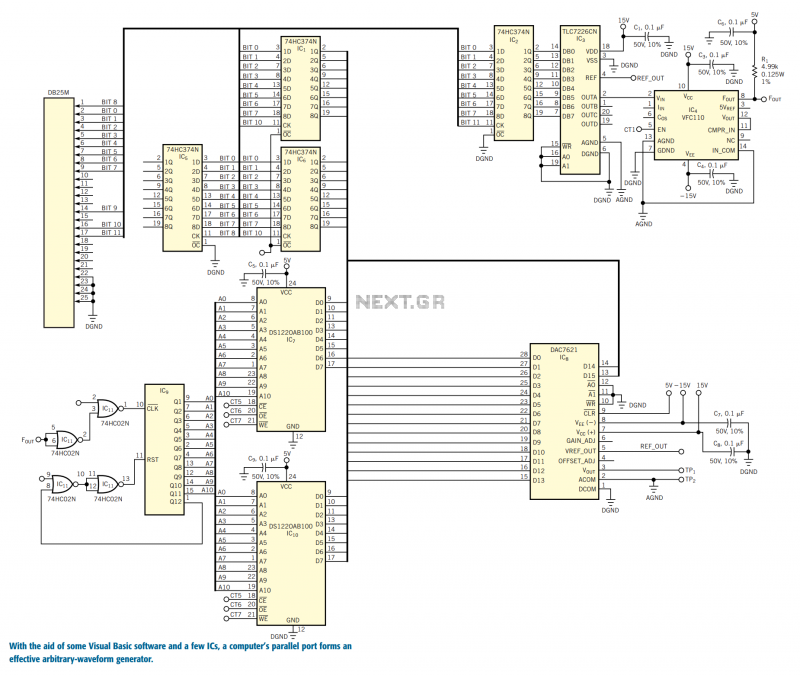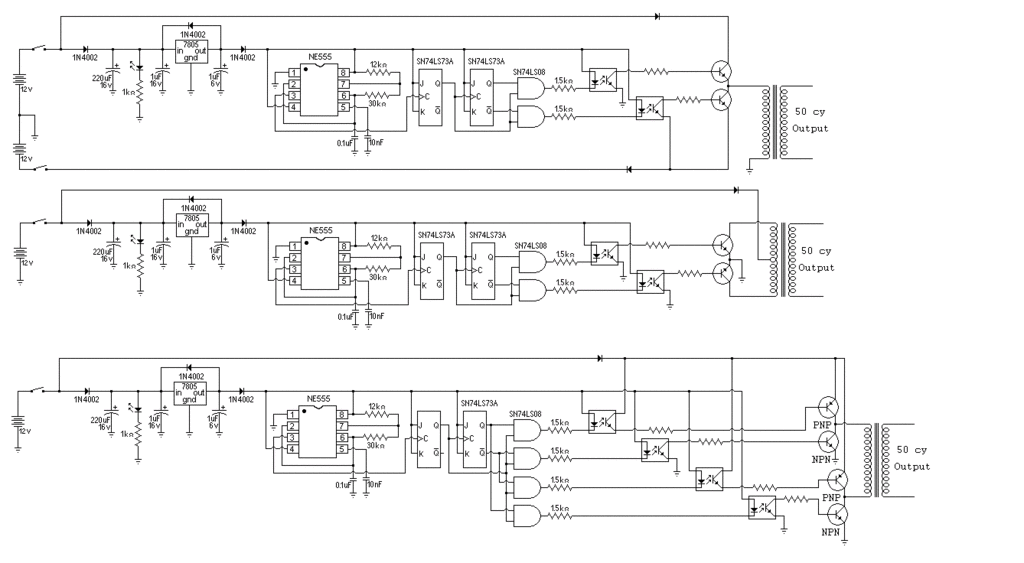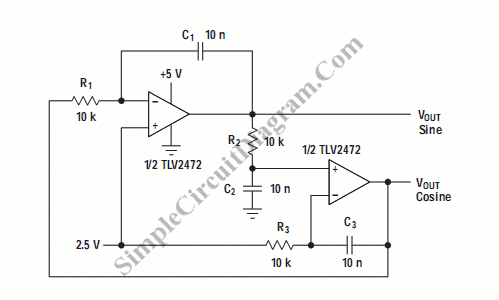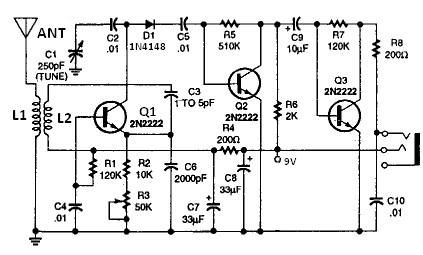
Square wave oscillator
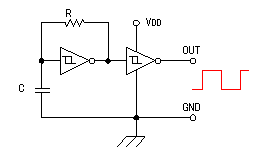
The hysteresis characteristic indicates that the voltage level transitions to high (H) when the input voltage of the inverter rises from 0 V, and the voltage level transitions to low (L) when the input voltage descends from +5 V. These two voltage levels are not the same.
The hysteresis behavior in an inverter circuit is critical for ensuring stable operation and preventing oscillations due to noise in the input signal. In this context, the inverter has two distinct threshold voltages: the upper threshold voltage (Vth+) and the lower threshold voltage (Vth-). When the input voltage rises from 0 V, the output switches from low to high at the upper threshold voltage. Conversely, as the input voltage decreases from +5 V, the output transitions back from high to low at the lower threshold voltage.
This difference between Vth+ and Vth- creates a region of stability that helps to mitigate the effects of noise and provides a clear demarcation between the high and low states. The hysteresis effect can be enhanced by incorporating feedback into the inverter design, which can be achieved using resistors or additional components such as Schmitt triggers.
For practical applications, the specific values of Vth+ and Vth- can be adjusted by selecting appropriate resistor values in the feedback loop or by using specific components designed to provide desired hysteresis characteristics. This can be particularly useful in digital circuits where signal integrity is paramount, as it ensures that the output remains stable despite minor fluctuations in the input signal.
Overall, understanding and implementing hysteresis in inverter circuits is essential for achieving reliable performance in various electronic applications, such as signal conditioning, waveform shaping, and noise immunity in digital systems.By the hysteresis characteristic, the voltage which becomes the H level with the input voltage of the inverter rising from 0 V (Voltage that the output becomes 0 V) and the voltage which becomes the L level, descending from +5 V (Voltage that the output becomes +5 V) are different. 🔗 External reference
The hysteresis behavior in an inverter circuit is critical for ensuring stable operation and preventing oscillations due to noise in the input signal. In this context, the inverter has two distinct threshold voltages: the upper threshold voltage (Vth+) and the lower threshold voltage (Vth-). When the input voltage rises from 0 V, the output switches from low to high at the upper threshold voltage. Conversely, as the input voltage decreases from +5 V, the output transitions back from high to low at the lower threshold voltage.
This difference between Vth+ and Vth- creates a region of stability that helps to mitigate the effects of noise and provides a clear demarcation between the high and low states. The hysteresis effect can be enhanced by incorporating feedback into the inverter design, which can be achieved using resistors or additional components such as Schmitt triggers.
For practical applications, the specific values of Vth+ and Vth- can be adjusted by selecting appropriate resistor values in the feedback loop or by using specific components designed to provide desired hysteresis characteristics. This can be particularly useful in digital circuits where signal integrity is paramount, as it ensures that the output remains stable despite minor fluctuations in the input signal.
Overall, understanding and implementing hysteresis in inverter circuits is essential for achieving reliable performance in various electronic applications, such as signal conditioning, waveform shaping, and noise immunity in digital systems.By the hysteresis characteristic, the voltage which becomes the H level with the input voltage of the inverter rising from 0 V (Voltage that the output becomes 0 V) and the voltage which becomes the L level, descending from +5 V (Voltage that the output becomes +5 V) are different. 🔗 External reference
